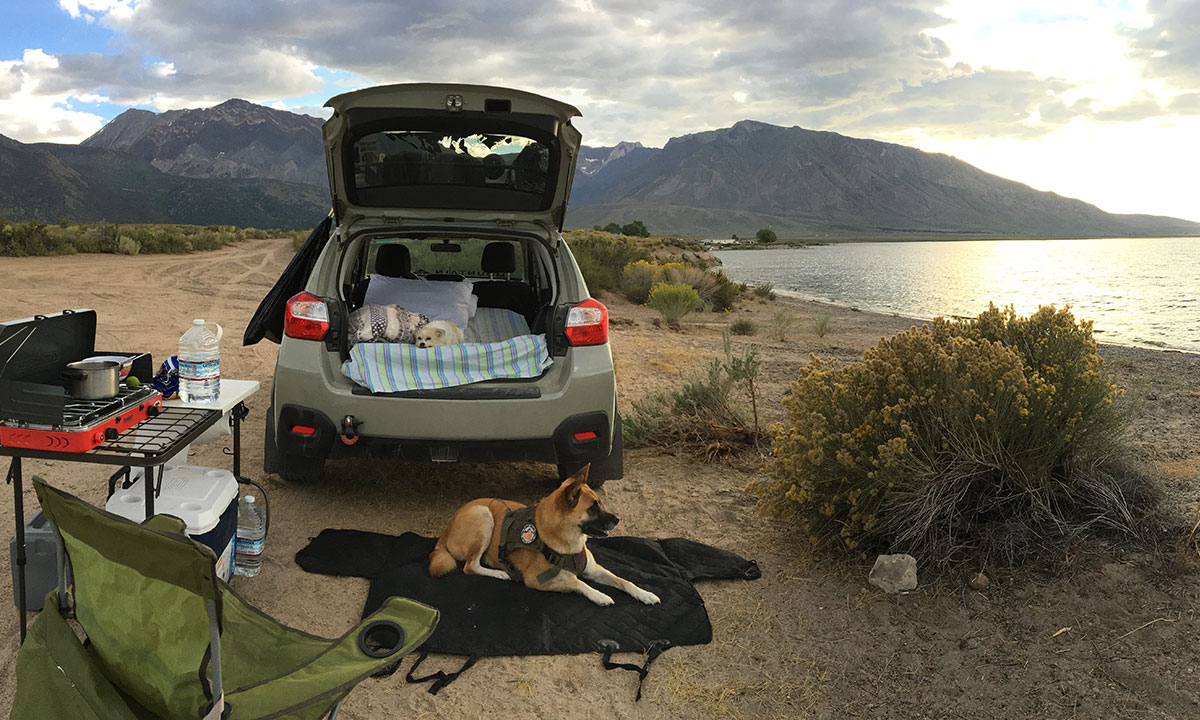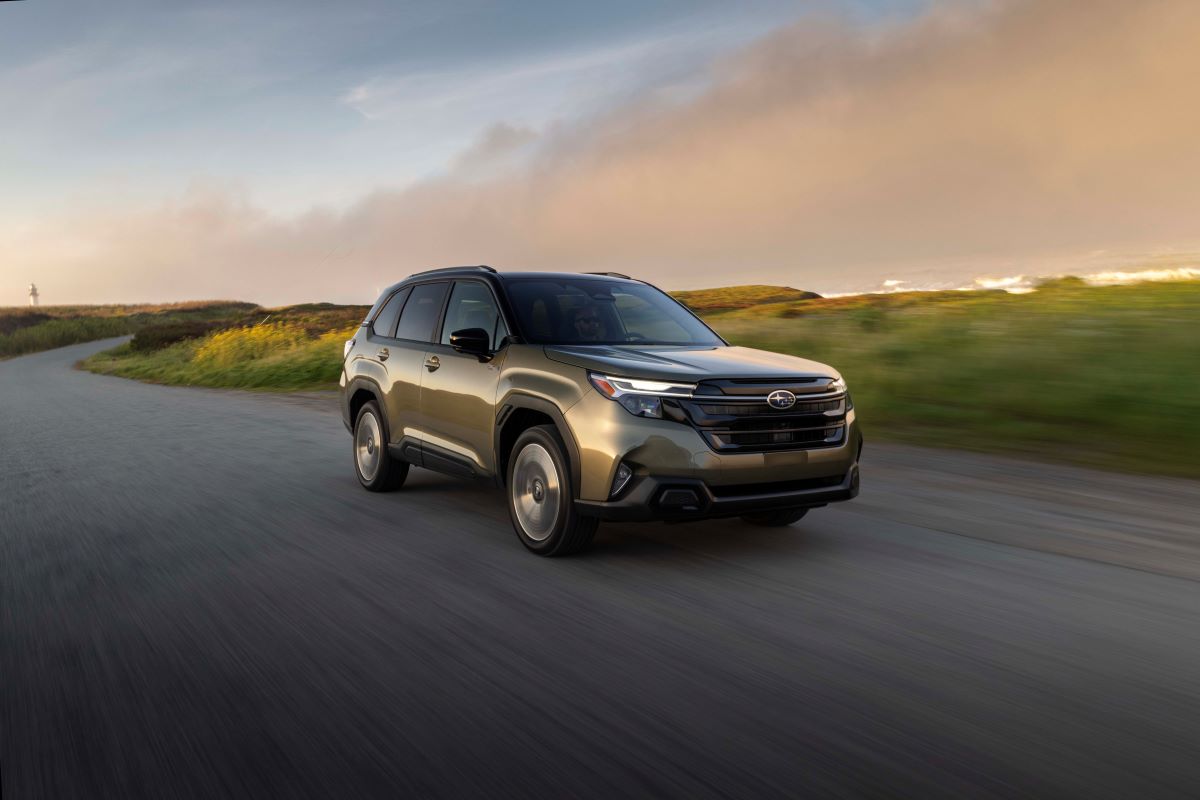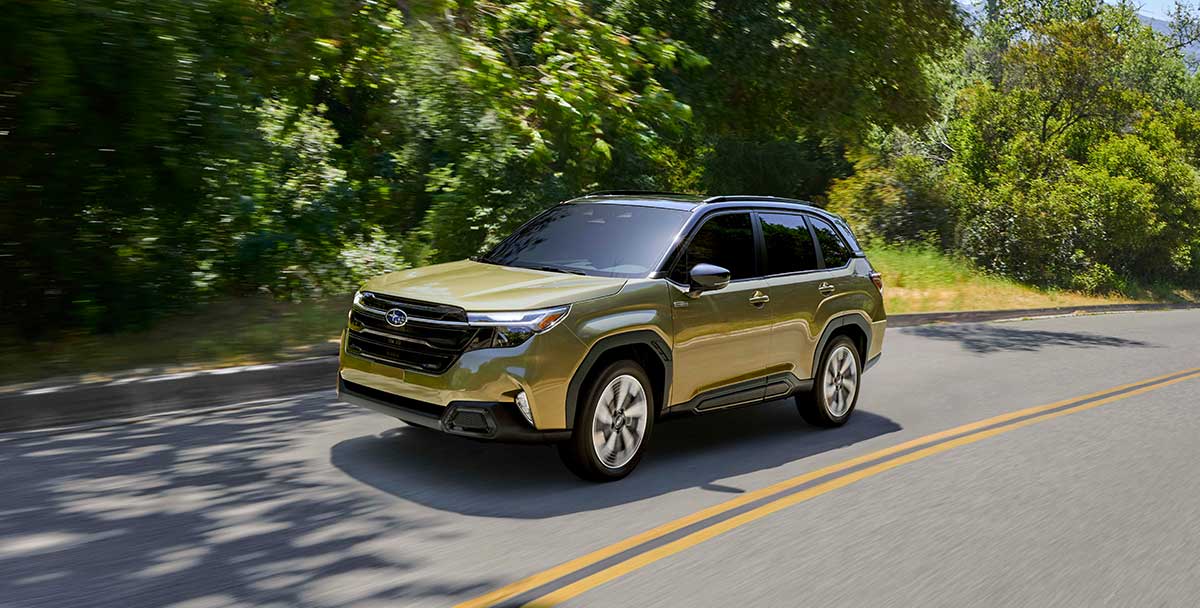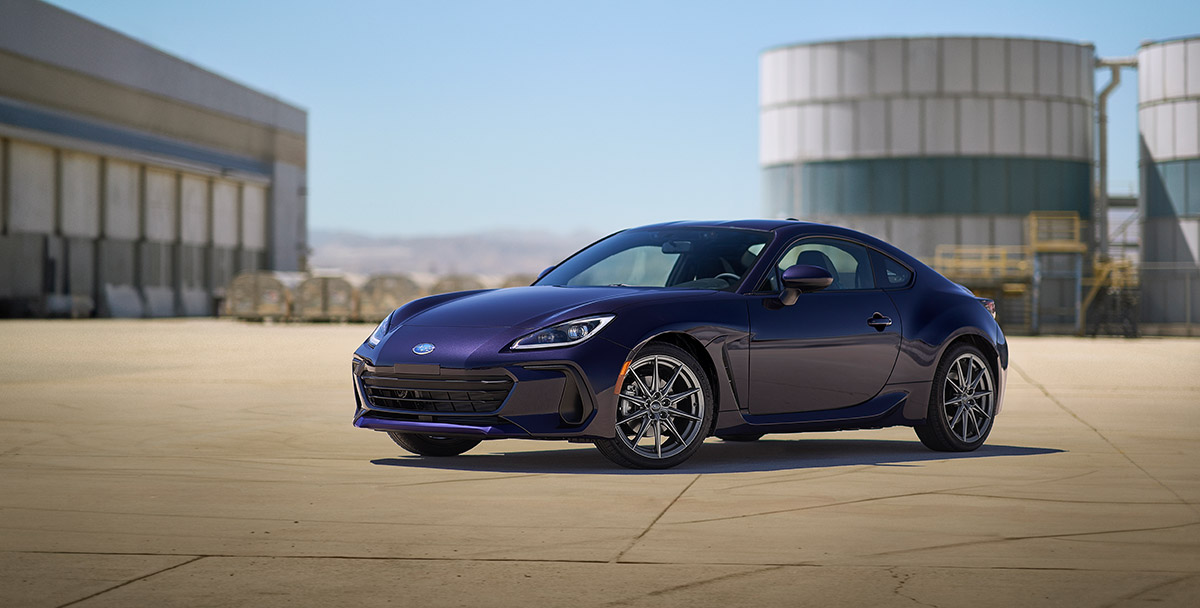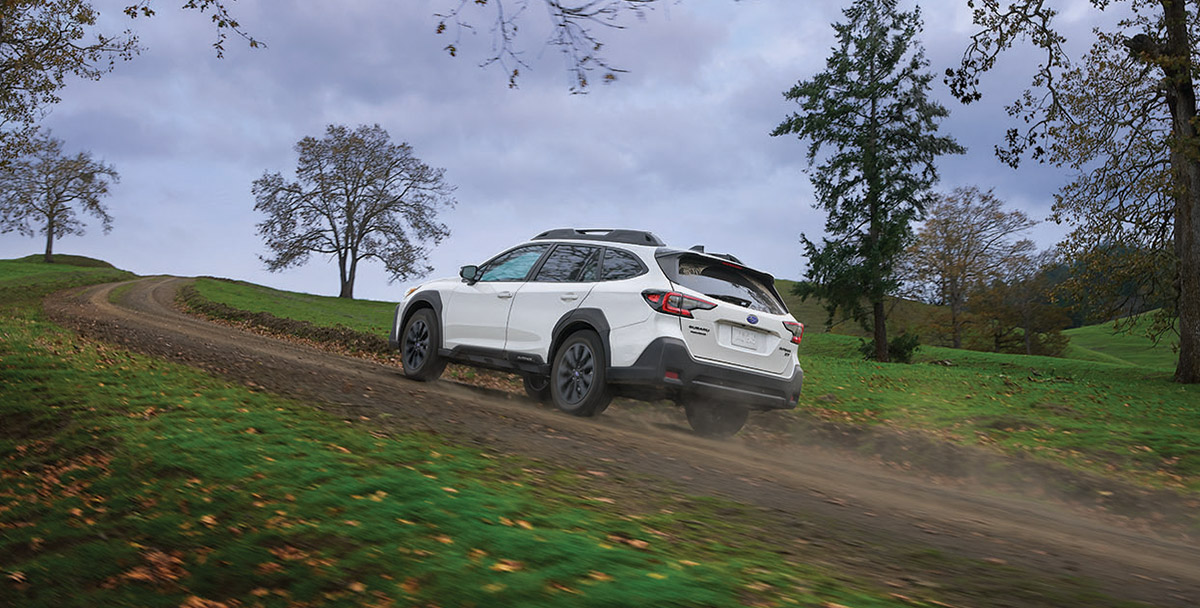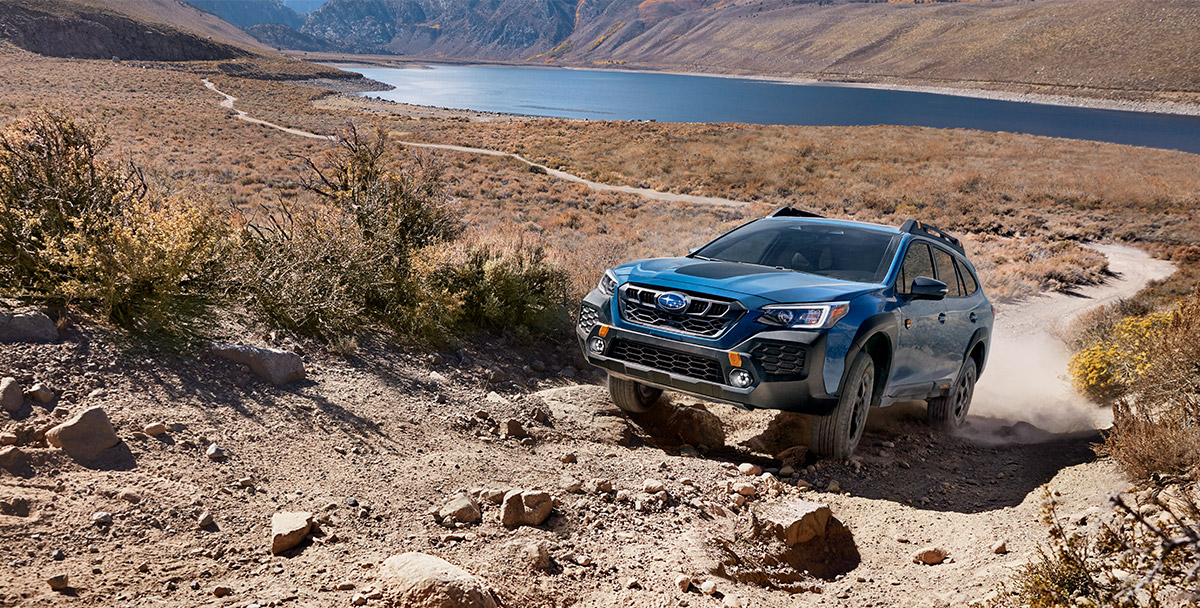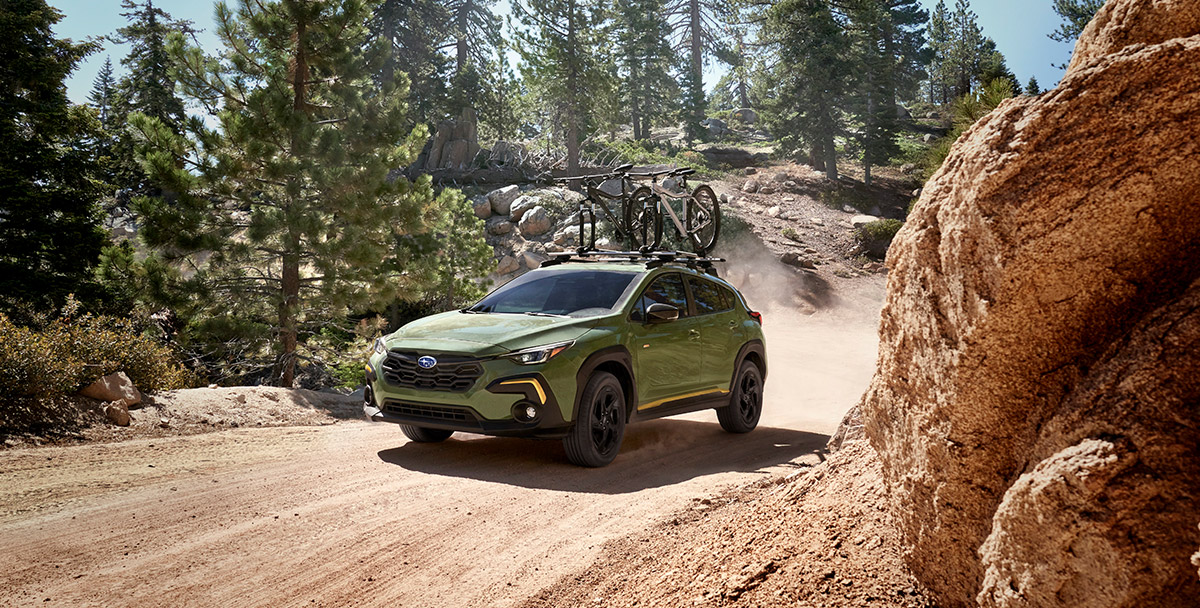Subaru vehicles of all types are a blank canvas for overlanding, stretching the capabilities from daily driver to adventure wagon. There are a few basics to think about before you head out, so we’ve assembled a checklist that should get you started. We’re focused on the safety of the vehicle, so we haven’t included items like first aid kits and survival gear that you should be considering for your personal safety. These are the first steps in making your first overland adventure fun and safe.
Undercarriage Protection
- Skidplates
Tires and Tire Care
- All-terrain tires
- Air Compressor, air line, inflation chuck
- Tire gauge
- Tire sealant
Vehicle Recovery
- Tow strap
- Towing eyes or recovery points (One is included in your Subaru emergency kit, but it’s a good idea to have one pre-installed at the front and rear before you head out on the trail, in case the vehicle is buried in deep sand, mud or water, which would make installing the point a challenge.)
- Portable recovery tracks/ramps
Toolbox Essentials
You can utilize a variety of tools on your adventures, from a basic set of hand tools to every possible wrench and socket that could disassemble your Subaru, so we’ll leave that up to you. But these are a few things that we never leave home without:
- Duct Tape
- Multitool
- Baling wire
- Two-part epoxy cold-weld bonding compound
- Zip ties
- Fluids – oil, brake, 50/50 premixed coolant, transmission (for automatic)
- Spray lubricant
Emergency Kit
- Booster pack – fully charged
- Jumper cables
- Emergency lights/reflectors – flares are not recommended, especially in dry, fire-prone parts of the country
- Emergency air horn/whistle
- Flashlight
- Gas can
- Funnel
Connectivity
- CB radio
- Personal Locator Beacon (especially if you’re headed far off the beaten track)
Contacts
Most importantly, before you head out to overland, make sure to let people know where you’re going and when you’re coming back.
